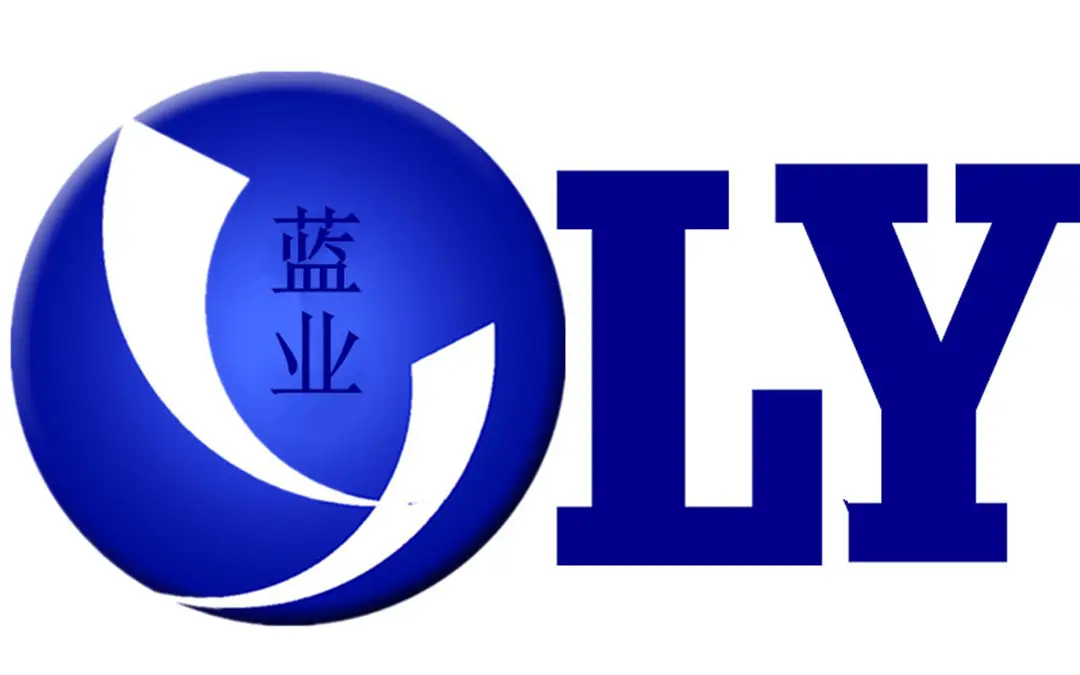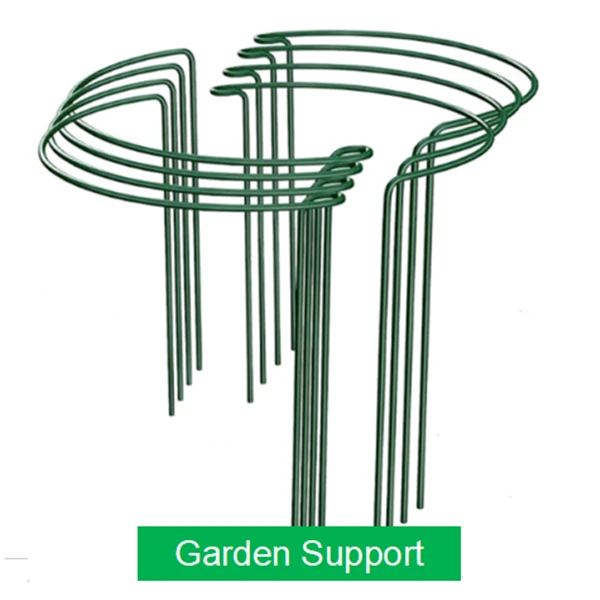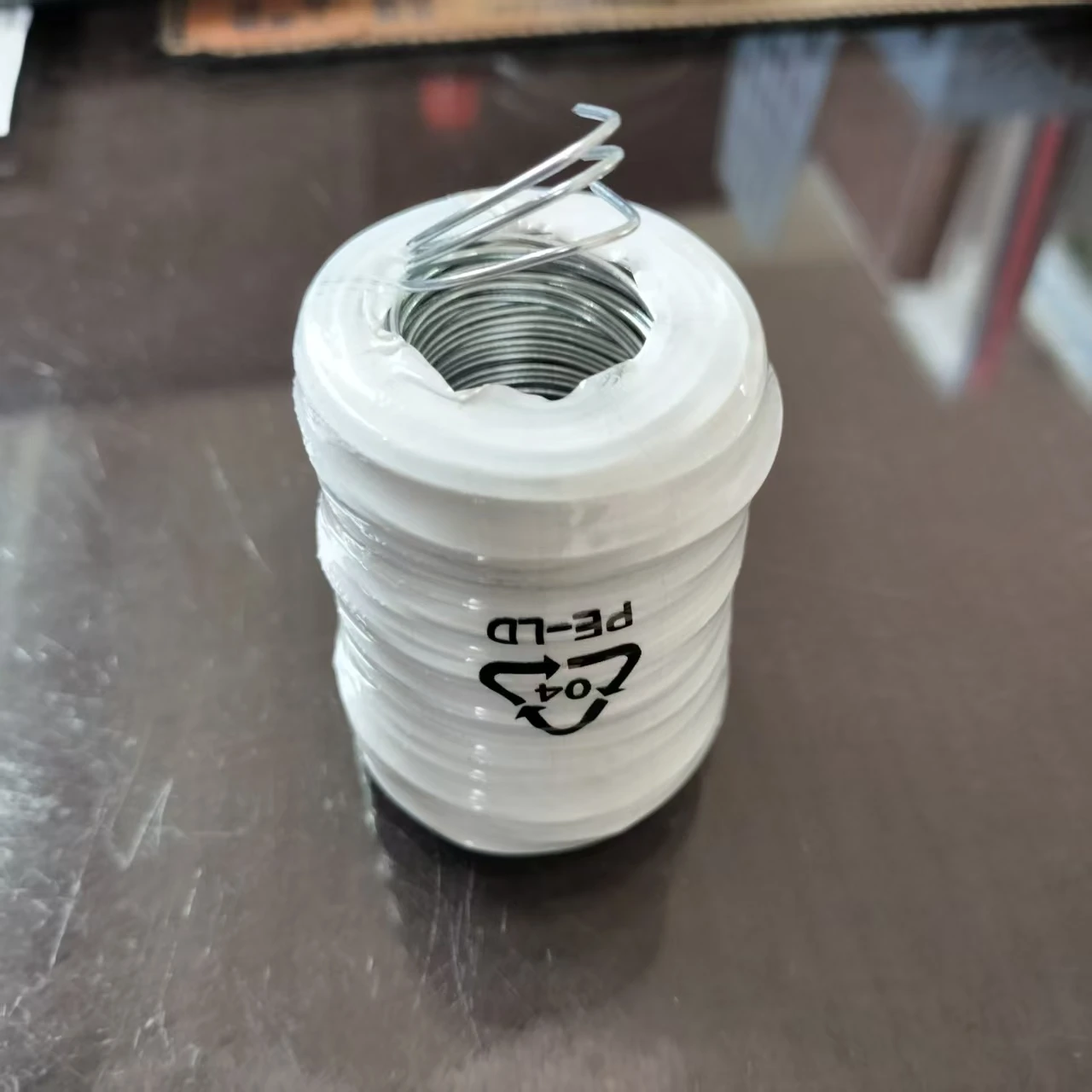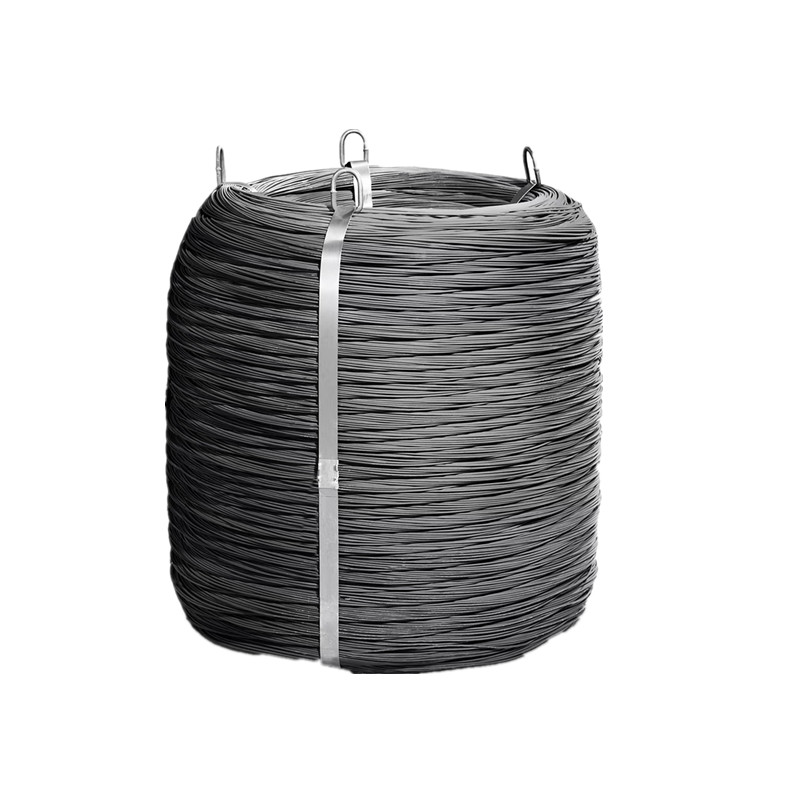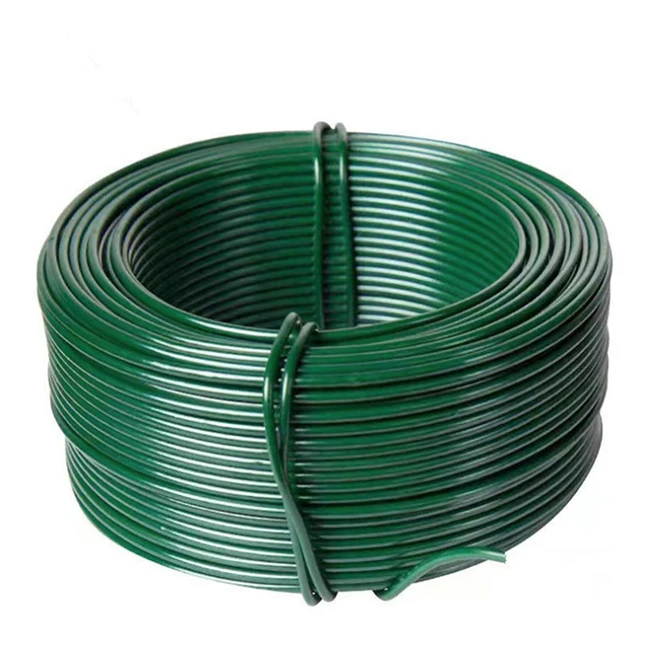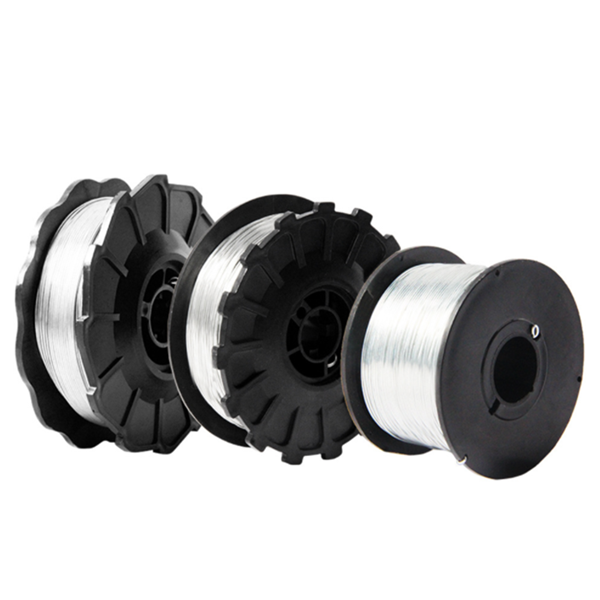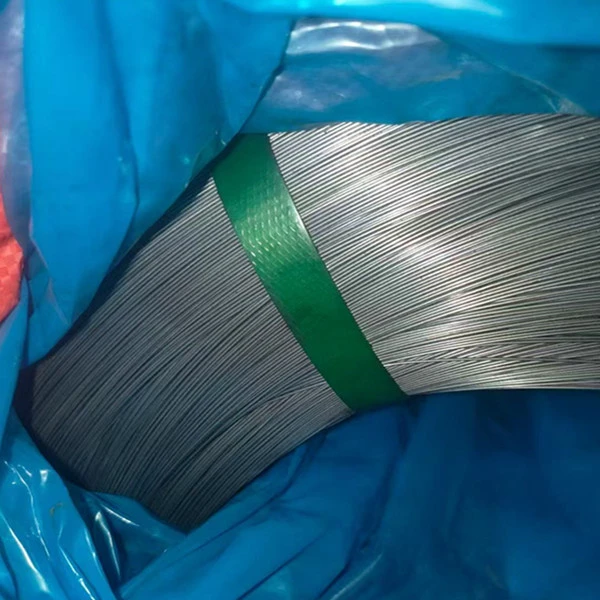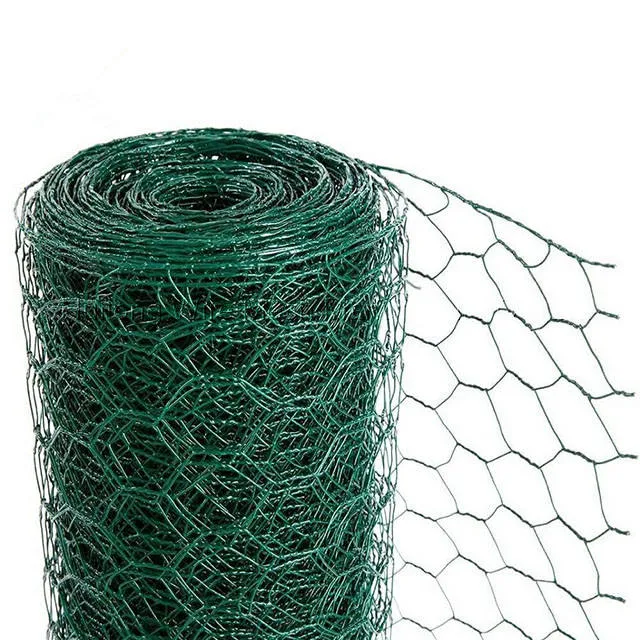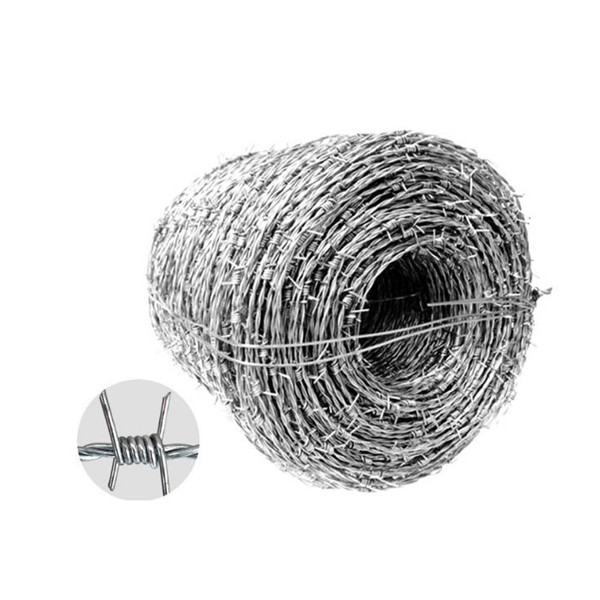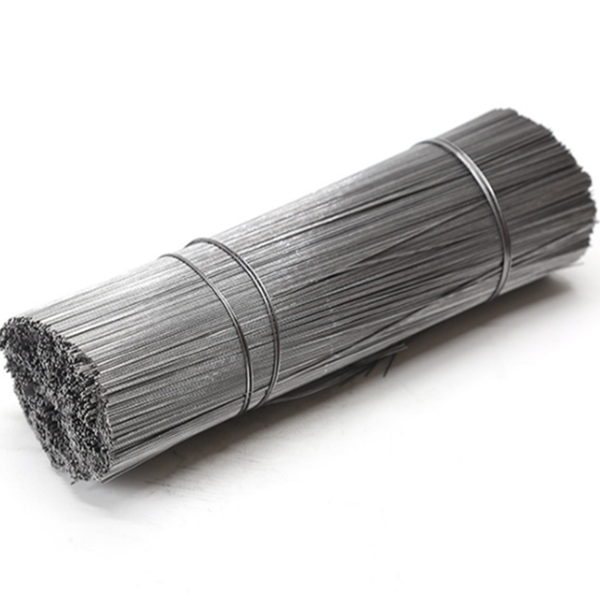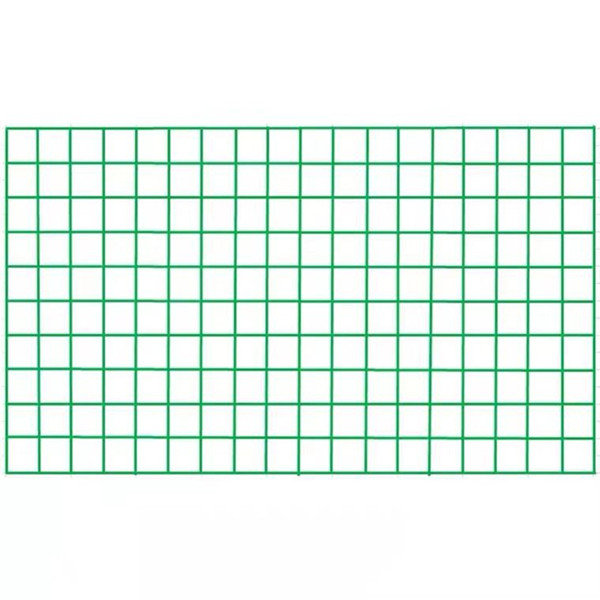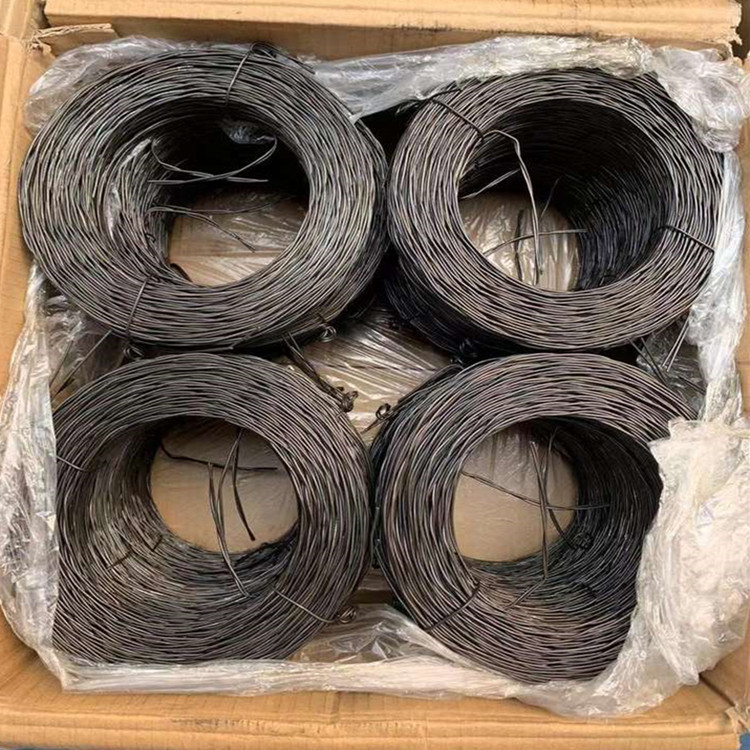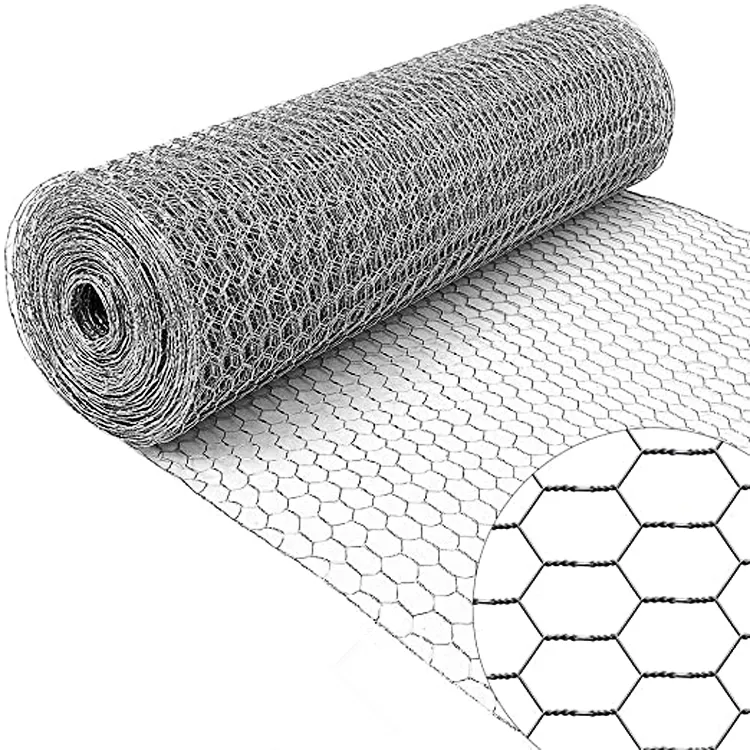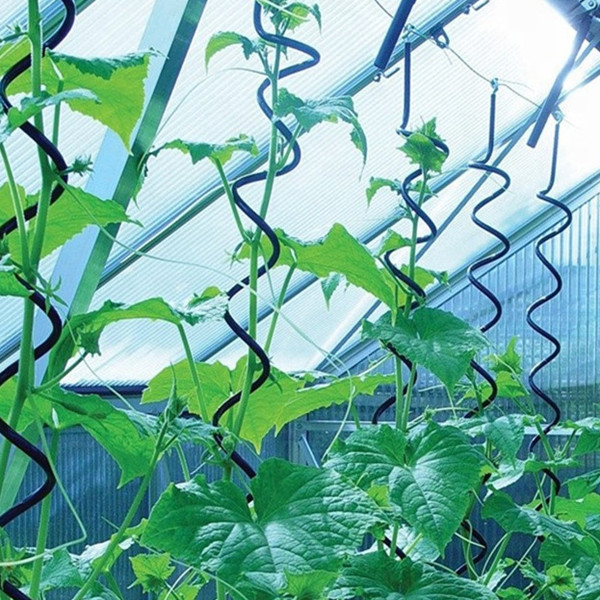In industries such as construction, electronics, and packaging—where wires need to balance strength and flexibility for applications like binding, weaving, and component connection—annealed wire, annealed copper wire, and 14 gauge tie wire rely on precise annealing processes to achieve high ductility. Dingzhou Lanye Metal Products Co., Ltd., a professional manufacturer of metal wire products, specializes in optimizing annealing parameters for black annealed wire (low carbon steel) and annealed copper wire, ensuring the final products meet the strict ductility requirements of construction binding, home weaving, and industrial baling.

Core Annealing Process Optimization for Annealed Wire (Low Carbon Steel)
- Annealed Wire (black low carbon steel) requires precise temperature control during annealing to balance ductility and strength. Dingzhou Lanye Metal Products Co., Ltd. optimizes the heating stage by setting the annealing temperature to 720-780℃ (below the low carbon steel recrystallization temperature of 800℃) and holding it for 1.5-2.5 hours—this allows the metal grains to refine without excessive growth (which would reduce strength). For example, when producing 14 gauge tie wire (1.628mm diameter) for construction binding, heating at 750℃ for 2 hours increases the wire’s elongation at break from 8% (unannealed) to 18%, while maintaining tensile strength at 380-420MPA (meets construction binding requirements). If the temperature exceeds 800℃, the wire becomes too soft (tensile strength <350MPA) and prone to stretching during binding; if below 700℃, ductility remains insufficient (elongation <12%), leading to wire breakage during twisting. For wholesalers, this optimized temperature range ensures the annealed wire is versatile—suitable for both manual rebar tying (requiring flexibility) and semi-automated baling (needing moderate strength).
- Annealed Wire annealing process optimization also focuses on cooling rate control to avoid residual stress. Dingzhou Lanye uses a two-stage cooling method: first, cooling the wire from annealing temperature to 400℃ at a rate of 50-80℃/hour (slow cooling to prevent grain distortion), then cooling to room temperature at 100-150℃/hour (accelerating slightly to improve production efficiency). This differs from traditional rapid cooling (which causes internal stress and brittleness) or overly slow cooling (which extends production cycles by 30% or more). For black Twisted Annealed Wire used in weaving, this cooling process reduces the wire’s springback rate by 60%—when woven into wire mesh, the mesh maintains its shape without deformation (even after being stretched slightly). Testing shows that wires processed with optimized cooling have a 95% pass rate in bending tests (180° bend without cracking), compared to 70% for wires with unoptimized cooling. Wholesalers can highlight this to clients in the weaving industry, as consistent ductility reduces mesh production waste.
Annealing Process Optimization for Annealed Copper Wire (High-Ductility Electronics Use)
- Annealed Copper Wire (used in electronics for component connection and wire harnesses) requires higher ductility than steel annealed wire, so Dingzhou Lanye Metal Products Co., Ltd. adjusts annealing parameters to prioritize flexibility. The copper wire annealing temperature is set to 450-500℃ (copper’s recrystallization temperature is lower than steel) with a holding time of 2-3 hours—this removes work hardening from the wire drawing process and increases elongation at break to ≥30% (critical for bending into small electronic components). For example, 0.5mm annealed copper wire used in smartphone charging cables, after annealing at 480℃ for 2.5 hours, can be bent into a 5mm radius loop 10 times without breaking (unannealed copper wire breaks after 2-3 bends). The process also uses a protective nitrogen atmosphere during annealing to prevent copper oxidation (which would cause poor conductivity)—this ensures the wire’s surface remains bright and conductive, meeting electronics industry standards (resistivity ≤1.72×10⁻⁸Ω·m). For wholesalers supplying electronic component manufacturers, this optimized process ensures the annealed copper wire meets both ductility and conductivity requirements, avoiding costly rejections due to performance issues.
- Annealed Copper Wire annealing optimization also includes post-annealing surface treatment to enhance usability. After cooling, Dingzhou Lanye cleans the copper wire with a mild acidic solution (to remove any residual oxide film) and applies a thin layer of anti-tarnish oil (non-toxic, compatible with electronics). This treatment prevents the wire from tarnishing (forming green copper oxide) during storage and transportation—tarnished copper wire has reduced conductivity and is difficult to solder. For 1.0mm annealed copper wire used in automotive wire harnesses, this surface treatment extends the wire’s shelf life from 3 months (untreated) to 12 months, ensuring clients can use the wire without performance degradation. Additionally, the oil layer reduces friction during wire drawing and cutting, making it easier for electronic manufacturers to process the wire into small components. Wholesalers can emphasize this value-added step to clients, as it reduces inventory waste and improves production efficiency for end-users.
Optimization for 14 Gauge Tie Wire (Construction Binding Focus)
- 14 Gauge Tie Wire (a standard specification for construction rebar binding, 1.628mm diameter) requires annealing process optimization to balance ductility for twisting and strength for load-bearing. Dingzhou Lanye Metal Products Co., Ltd. tailors the annealing process for this gauge: heating low carbon steel wire to 740-760℃ (slightly lower than thinner annealed wire) and holding for 2 hours, then cooling to 400℃ at 60℃/hour. This results in a wire with elongation at break of 16-18% (enough to twist 3-4 times for rebar binding) and tensile strength of 400-430MPA (able to hold rebars in place without stretching under concrete pouring pressure). Traditional annealing for 14 gauge wire often leads to either insufficient ductility (breakage during twisting) or low strength (wire stretches and rebars shift). With optimized parameters, the 14 gauge tie wire has a 98% success rate in on-site construction tests—workers report fewer wire breaks, and contractors note reduced rebar displacement (from 5mm to ≤2mm per meter). For wholesalers supplying construction companies, this optimized 14 gauge tie wire is a high-demand product, as it directly improves on-site efficiency and structural quality.
- 14 Gauge Tie Wire annealing optimization also considers batch consistency to meet large-scale construction needs. Dingzhou Lanye uses computer-controlled annealing furnaces with uniform temperature distribution (±5℃) across the furnace chamber—this ensures every coil of 14 gauge wire in a batch has the same ductility and strength (tensile strength variation ≤15MPA). In contrast, traditional furnaces with uneven heating may produce wires with inconsistent performance (some too soft, some too brittle) in the same batch, leading to construction delays. The company also conducts random sampling tests for each batch of 14 gauge tie wire: 10 wire segments are selected for bending and tensile testing, with all samples required to meet the elongation and strength standards. For a recent bulk order of 5000kg 14 gauge tie wire (for a high-rise residential project), all sampled segments passed the tests, and the client reported no binding-related issues during construction. Wholesalers benefit from this consistency, as it reduces client complaints and builds trust for long-term cooperation.
Annealed Wire FAQS
How does Dingzhou Lanye Metal Products Co., Ltd. optimize the annealing process to ensure high ductility of annealed wire (low carbon steel)?
Dingzhou Lanye Metal Products Co., Ltd. optimizes annealed wire (low carbon steel) annealing through two core steps: 1. Temperature & holding time: Sets heating temperature to 720-780℃ (avoids grain overgrowth) and holding time to 1.5-2.5 hours (ensures full recrystallization), increasing elongation at break to ≥15%. For example, 1.2mm annealed wire heated at 750℃ for 2 hours has 18% elongation, vs. 8% for unannealed wire. 2. Two-stage cooling: Cools from annealing temp to 400℃ at 50-80℃/hour (reduces residual stress), then to room temp at 100-150℃/hour (balances efficiency and quality). This process ensures the wire is flexible enough for bending/twisting while maintaining sufficient strength for binding/weaving.
What makes the annealing process of annealed copper wire different from low carbon steel annealed wire at Dingzhou Lanye Metal Products Co., Ltd.?
The annealing process for annealed copper wire differs in three key ways: 1. Temperature: Copper annealing uses 450-500℃ (lower than steel’s 720-780℃) to match copper’s lower recrystallization temp, preventing excessive softening. 2. Atmosphere: Uses nitrogen protection during annealing to avoid copper oxidation (steel annealing uses air with controlled oxygen), ensuring conductivity (resistivity ≤1.72×10⁻⁸Ω·m). 3. Ductility target: Copper wire requires ≥30% elongation (vs. steel’s ≥15%) for electronics bending, so holding time is extended to 2-3 hours. For 0.5mm electronic copper wire, this process enables 10+ 180° bends without breaking, meeting electronics industry needs.
How does the optimized annealing process improve the performance of Dingzhou Lanye Metal Products Co., Ltd.’s 14 gauge tie wire in construction?
The optimized annealing process enhances 14 gauge tie wire performance in two ways: 1. Balanced properties: Heating at 740-760℃ for 2 hours and controlled cooling gives 16-18% elongation (enough to twist 3-4 times for rebar binding) and 400-430MPA tensile strength (holds rebars without stretching), solving traditional issues of breakage or stretching. 2. Batch consistency: Computer-controlled furnaces ensure ±5℃ temp uniformity, so every coil has the same performance—on-site tests show 98% success rate, reducing rebar displacement from 5mm to ≤2mm. For construction clients, this means faster binding (fewer wire breaks) and more stable concrete frameworks, reducing rework costs.
Can Dingzhou Lanye Metal Products Co., Ltd. adjust the annealing process of annealed wire for custom ductility requirements?
Yes, Dingzhou Lanye Metal Products Co., Ltd. can adjust the annealing process to meet custom ductility needs: 1. Higher ductility (e.g., for weaving): Increases annealing temperature by 20-30℃ (e.g., 780-800℃ for steel) and extends holding time by 0.5-1 hour, raising elongation to 20-22%. 2. Moderate ductility (e.g., heavy-duty baling): Lowers temperature by 30-50℃ (e.g., 690-720℃ for steel) and shortens holding time, keeping elongation at 12-14% while increasing tensile strength to 450-480MPA. For example, a weaving client needing black Twisted Annealed Wire with 21% elongation had the process optimized, and the final product met their mesh weaving requirements. Wholesalers can work with the company to tailor annealed wire ductility for client-specific applications.
What quality checks does Dingzhou Lanye Metal Products Co., Ltd. perform on annealed wire after optimized annealing?
Dingzhou Lanye conducts three key quality checks post-annealing: 1. Ductility testing: Randomly selects wire segments to bend 180° around a mandrel (3× wire diameter) 3-5 times—no cracking is required. 2. Mechanical property testing: Uses a universal testing machine to verify tensile strength (350-500MPA for steel, 200-250MPA for copper) and elongation at break (≥15% for steel, ≥30% for copper). 3. Surface inspection: Checks for oxidation, scratches, or tarnish (for copper)—annealed wire must have a uniform, clean surface. For each batch, 5% of coils are sampled, and if any fail, the entire batch is retested. This ensures the optimized annealing process delivers consistent, high-quality annealed wire for wholesalers and their clients.



